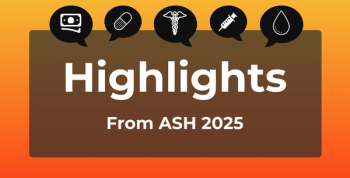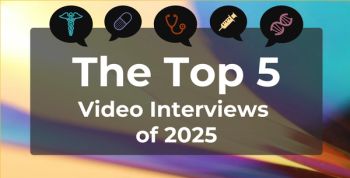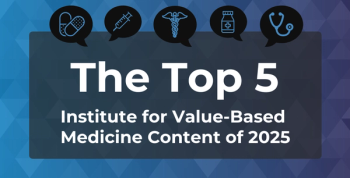
Dr G. B. John Mancini Details VICTORION-2-PREVENT Trial Recruiting Process

G.B. John Mancini, MD, University of British Columbia, goes into detail about the recruitment process of the VICTORION-2-PREVENT trial, which focuses on inclisiran to reduce cardiovascular risk.
The
G.B. John Mancini, MD, professor of medicine and director of the Cardiovascular Imaging Research Core Laboratory at the University of British Columbia, scientific director of the Cardio Risk Clinic, is the principal investigator (PI) of the VICTORION-2-PREVENT trial. Here, he details some of the criteria and recruiting process of the trial, and addresses the lack of women in CVD research and how he aims to avoid this issue in the trial.
Transcript
Can you tell us about the VICTORION-2-PREVENT trial involving inclisiran?
The VICTORION-2 trial is using the interesting technology of inclisiran, which is injected at baseline and then 3 months, and then after that it's only 2 injections a year, every 6 months. So, it's very attractive in that regard, in terms of the burden of injection, and it results in a sustained 50% lowering of LDL.
The trial is very exciting. It's in secondary prevention settings, so patients with prior MI [myocardial infarction] or stroke, or with symptomatic peripheral vascular disease. It's going to be huge—over 16,000 patients—and we've been recruiting well across Canada. The Canadian PIs are Drs [Liam] Brunham and [Shaun] Goodman. And we've had good success in getting our colleagues to support the recruitment of these kinds of patients who were on statins and their LDL is, in millimolar, above 1.8. That's about 80 in milligrams per deciliter. It's an outcome trial and event driven, so it'll be very impactful in terms of the ultimate utility of inclisiran for reducing cardiovascular risk.
What steps are you taking during recruitment to ensure a representative patient population that can be followed for all 72 months?
We have, in our setting, a group of very dedicated research nurses and research associates that scour all the patient records for us and engage all of the clinicians in our environment to encourage them to enroll appropriate patients, if the inclusion criteria are met, obviously. We particularly hope to have a good representation of women in this trial, as is often a limitation of many cardiovascular trials. Really, it's a full court press in terms of all of the patients that come through our clinics.
Why is it difficult to recruit women for CVD trials?
The overall risk for women, and therefore the presentation of numbers of patients, is a little bit lower for women, so there is a systematic reason for that. But beyond that, many women have different social pressures, and the ability to accommodate frequent visits or blood tests and so on may be quite different between the sexes. Those are a few of the reasons that come to mind as to why, traditionally, these cardiovascular trials have been dominated by men. We hope that's not the case. We've seen examples where it has not been the case, and we hope to emulate that as much as possible in all the trials we're doing.
Newsletter
Stay ahead of policy, cost, and value—subscribe to AJMC for expert insights at the intersection of clinical care and health economics.








